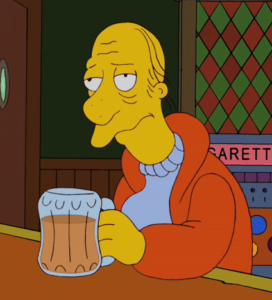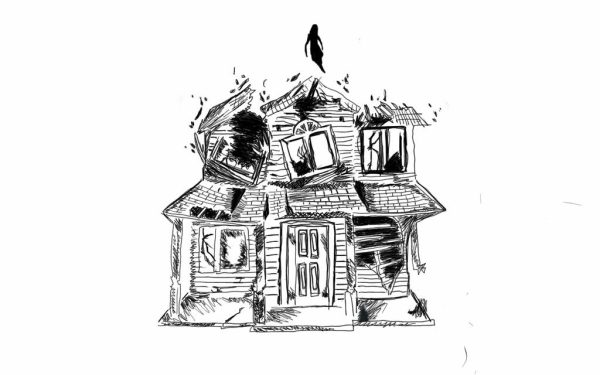Daylight Savings Time
Starting in 1875, it was first thought that we needed to change the clocks twice a year. This was made with the intentions of benefiting many people. This provided more daylight during working hours and it saved energy. This is not necessarily a need anymore. In the spring, March to be exact, the clocks will “spring forward” an hour resulting in more light earlier in the morning and in the fall, we “fall back” resulting in less sunlight in the morning. We are about to participate in turning our clocks back an hour this upcoming month. When we turn our clocks back, we will have more sunlight earlier in the morning and less sunlight as the day draws to a close. There are a lot of either people up early, or up late. The people that are up early are either rushing to work or school. The people that are going to work or school have many things on their mind regarding the upcoming day. Then, when they are on their way home, they can pleasantly enjoy the views after a long day of work. Many students just want to get to school and back aren’t too thrilled about being up early. In the evening is when students can relax and enjoy the sunlight. With the tradition of always turning back the clocks in the fall, this eliminates the opportunity to relax and enjoy the ending of the day in sunlight. I guess we will just have to wait until we “spring ahead” to enjoy more sunlight in the evening!












